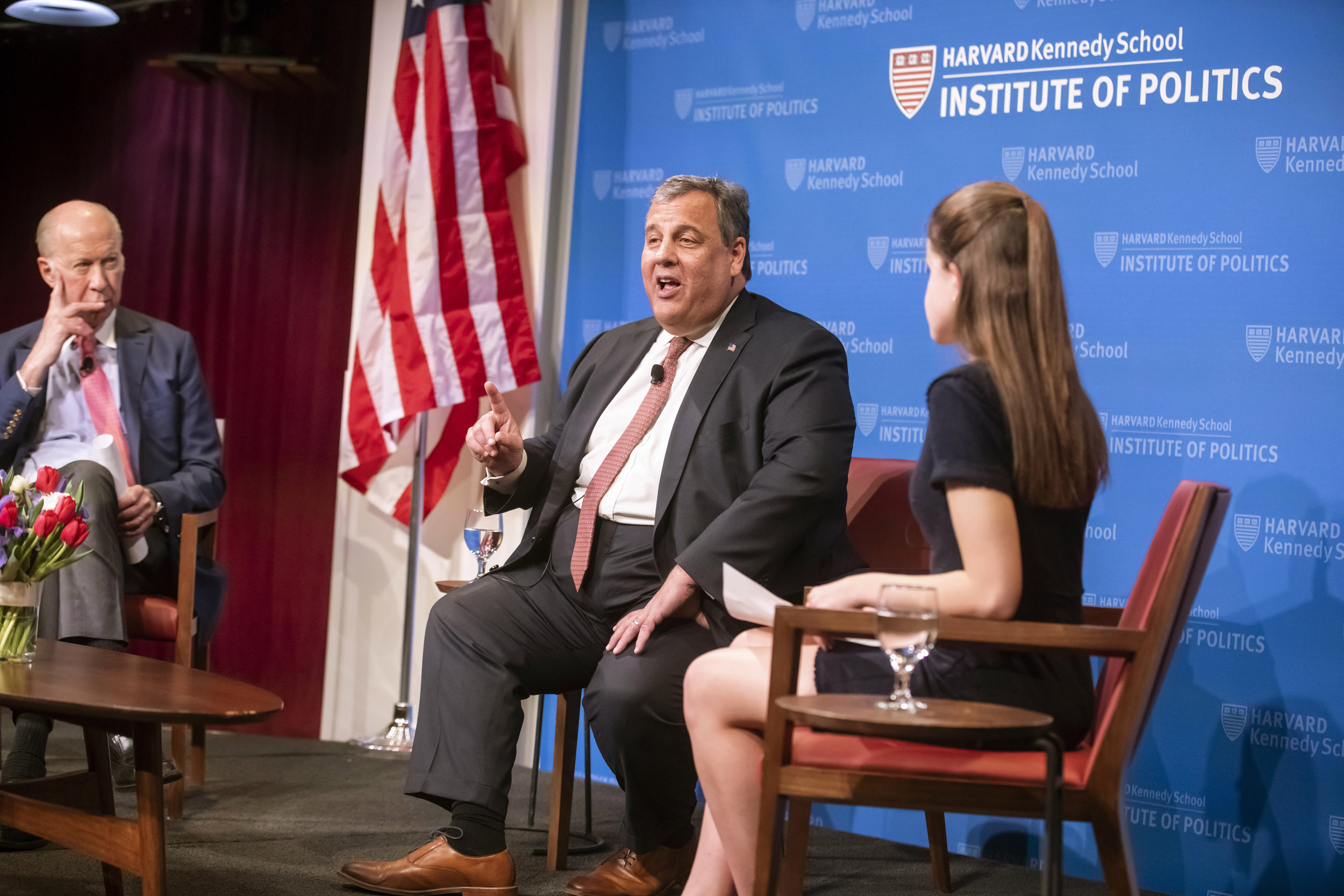The Trump Tariff Effect: Challenges And Opportunities For Indian Solar Equipment Exporters In Southeast Asia

Table of Contents
Challenges Faced by Indian Solar Equipment Exporters
The aftermath of the Trump tariffs has presented a formidable set of hurdles for Indian solar equipment exporters aiming to penetrate the Southeast Asia solar market.
Increased Competition from Chinese Manufacturers
The US tariffs significantly impacted American solar companies, allowing Chinese manufacturers to expand their market share globally. This has resulted in fierce competition for Indian exporters in Southeast Asia. Chinese companies benefit from:
- Lower production costs: Economies of scale and access to cheaper raw materials give them a considerable cost advantage.
- Government subsidies: State support further enhances their competitiveness in international markets.
- Economies of scale: Massive production volumes allow them to offer significantly lower prices.
This intense competition necessitates innovative pricing strategies and a focus on value-added services for Indian exporters to remain viable.
Navigating Tariff and Non-Tariff Barriers in Southeast Asia
Southeast Asia presents a diverse regulatory landscape, with each nation having its own set of tariffs, import duties, and certification requirements. This creates significant complexity for Indian exporters:
- Country-specific regulations: Understanding and complying with varying standards and regulations across different Southeast Asian countries is a major challenge.
- Anti-dumping measures: Some countries might impose anti-dumping duties to protect domestic industries, further complicating market entry.
- Customs procedures: Navigating complex customs procedures and documentation requirements can be time-consuming and costly.
Effective market entry strategies must account for these diverse regulatory frameworks.
Logistics and Supply Chain Disruptions
Global supply chain disruptions, exacerbated by the pandemic and geopolitical events, pose additional challenges for Indian solar equipment exporters.
- Increased shipping costs: Higher freight rates significantly increase the cost of transportation, impacting price competitiveness.
- Port delays: Congestion at major ports can lead to delays and increased storage costs.
- Raw material price volatility: Fluctuations in the prices of raw materials, such as silicon and steel, impact profitability and pricing stability.
Opportunities for Indian Solar Equipment Exporters in Southeast Asia
Despite the challenges, the Southeast Asia solar market offers substantial opportunities for Indian exporters who can adapt strategically.
Growing Demand for Solar Energy in Southeast Asia
Southeast Asia is experiencing a rapid increase in solar energy adoption driven by:
- Rising energy demand: Rapid economic growth and increasing population are driving up energy consumption, making renewable energy sources crucial.
- Government support for renewable energy: Many Southeast Asian governments are actively promoting renewable energy adoption through policies and incentives.
- Increasing environmental awareness: Growing concerns about climate change and air pollution are further fueling the demand for cleaner energy sources.
Projections indicate significant growth in solar energy capacity across the region, presenting a massive market opportunity.
Leveraging India's Cost Advantages and Manufacturing Capabilities
India possesses several competitive advantages:
- Lower labor costs: Compared to many other countries, India offers a lower labor cost advantage.
- Skilled workforce: A large pool of skilled labor in the manufacturing sector supports efficient and high-quality production.
- Technological advancements: Continuous technological advancements in India's solar manufacturing sector enhance competitiveness.
These advantages, when coupled with smart strategies, can allow Indian exporters to offer competitive pricing and quality.
Exploring Strategic Partnerships and Market Entry Strategies
Strategic partnerships and effective market entry strategies are essential:
- Joint ventures: Collaborating with local companies can help navigate regulatory complexities and access local markets.
- Distribution agreements: Establishing strong distribution networks is crucial for effective market reach.
- Localization strategies: Adapting products and services to suit local needs and preferences improves market acceptance.
- Branding and marketing: Building a strong brand and employing effective marketing strategies are key to establishing a foothold.
Conclusion: Navigating the Future of Indian Solar Exports in Southeast Asia
The Trump tariff effect has undeniably reshaped the global solar landscape, presenting both challenges and opportunities for Indian solar equipment exporters in Southeast Asia. While increased competition from China and navigating complex regulatory environments pose significant hurdles, the region's burgeoning demand for solar energy and India's cost advantages and manufacturing capabilities offer a compelling path to success. By strategically addressing the challenges and leveraging the opportunities, Indian companies can significantly expand their presence in this dynamic market. We encourage further research into specific market opportunities and policy changes to better understand and capitalize on the potential of the Southeast Asian solar market for Indian solar equipment exports. Don't miss out – explore the potential of Indian solar equipment exports to Southeast Asia today!

Featured Posts
-
 Vaccine Packaging Market A Rapidly Expanding Industry
May 30, 2025
Vaccine Packaging Market A Rapidly Expanding Industry
May 30, 2025 -
 Roland Garros 2024 Djokovic Gauff And Andreeva Secure Opening Round Wins
May 30, 2025
Roland Garros 2024 Djokovic Gauff And Andreeva Secure Opening Round Wins
May 30, 2025 -
 Philippe Caveriviere Vs Philippe Tabarot Replay Loeil Du 24 Avril 2025
May 30, 2025
Philippe Caveriviere Vs Philippe Tabarot Replay Loeil Du 24 Avril 2025
May 30, 2025 -
 Harvard Faces Challenges Under Trumps America First Agenda
May 30, 2025
Harvard Faces Challenges Under Trumps America First Agenda
May 30, 2025 -
 Concert De Medine Subventionne En Grand Est La Controverse Enflamme Le Debat Politique
May 30, 2025
Concert De Medine Subventionne En Grand Est La Controverse Enflamme Le Debat Politique
May 30, 2025
